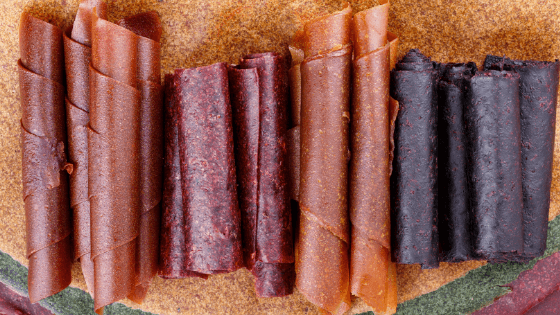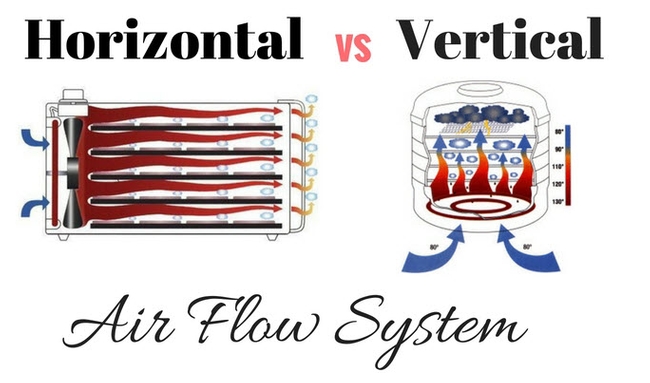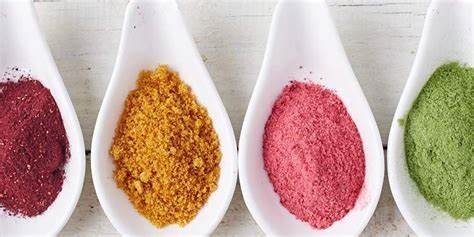
The fundamental principle of dehydration is that at a water content of 70% or below mold and bacteria will not grow. The removal of water can be accomplished in a conventional oven or in a dedicated dehydrator (see discussions of dehydrators below). If the dehydrated food is properly packaged and stored to keep it from rehydrating (adding back the water) it can be stored for many months, sometimes even years.
Dehydrating foods in your kitchen is simple and can be done without buying any expensive equipment. Your oven can be used to dehydrate foods and dedicated dehydrators (which are like little ovens that only go up to about 160F and contain a fan) can be purchased for under $100.
There are two types of dehydrators on the market. They differ by the direction that the heated air is pushed through the
The other type of dehydrator, horizontal flow dehydrators, the air moves horizontally (the heating element and fan are against the inside back wall), and push heated air from the back to the front of the dehydrator across trays that are inserted inside the dehydrator. This type of dehydrator is more expensive than the vertical flow type but have certain advantages.
The horizontal dehydrators move hot air across the trays and each tray is exposed to the same amount of hot air across all of the trays. In the vertical flow dehydrators, the trays furthest from the heating element and fan will be exposed to a lower temperature than those trays closer to the element. In other words, if the heating element is at the top of the tower, the trays at the bottom, furthest from the blowing heated air, will be at a little lower temperature than those closest to the heating element. In general this is not a significant issue but does result in different dehydration times for the different trays. However, some people prefer the small footprint of the tower type of dehydrator, especially if they are dehydrating in their kitchens.
The workshop on March 20 will cover a variety of fruits and vegetables with a focus on leathers. The beauty of dehydration as a preservative method is that it is both versatile and applicable to a wide variety of foods, including some which are not easy to preserve by other methods. We look forward to you attending the dehydration workshop.
Attached Images:
